A chimera is essentially a single organism that's made up of cells from two or more 'individuals'—that is, it contains two sets of DNA, with the code to make two separate organisms. Chimera definition, a mythological, fire-breathing monster, commonly represented with a lion's head, a goat's body, and a serpent's tail.
The news that researchers want to create human-animal chimeras has generated controversy recently, and may conjure up ideas about Frankenstein-ish experiments. But chimeras aren't always man-made—and there are a number of examples of human chimeras that already exist.
A chimera is essentially a single organism that's made up of cells from two or more 'individuals'—that is, it contains two sets of DNA, with the code to make two separate organisms.
One way that chimeras can happen naturally in humans is that a fetus can absorb its twin. This can occur with fraternal twins, if one embryo dies very early in pregnancy, and some of its cells are 'absorbed' by the other twin. The remaining fetus will have two sets of cells, its own original set, plus the one from its twin. [Seeing Double: 8 Fascinating Facts About Twins]
These individuals often don't know they are a chimera. For example, in 2002, news outlets reported the story of a woman named Karen Keegan, who needed a kidney transplant and underwent genetic testing along with her family, to see if a family member could donate one to her. But the tests suggested that genetically, Keegan could not be the mother of her sons. The mystery was solved when doctors discovered that Keegan was a chimera—she had a different set of DNA in her blood cells compared to the other tissues in her body.
A person can also be a chimera if they undergo a bone marrow transplant. During such transplants, which can be used for example to treat leukemia, a person will have their own bone marrow destroyed and replaced with bone marrow from another person. Bone marrow contains stem cells that develop into red blood cells. This means that a person with a bone marrow transplant will have blood cells, for the rest of their life, that are genetically identical to those of the donor, and are not genetically the same as the other cells in their own body.
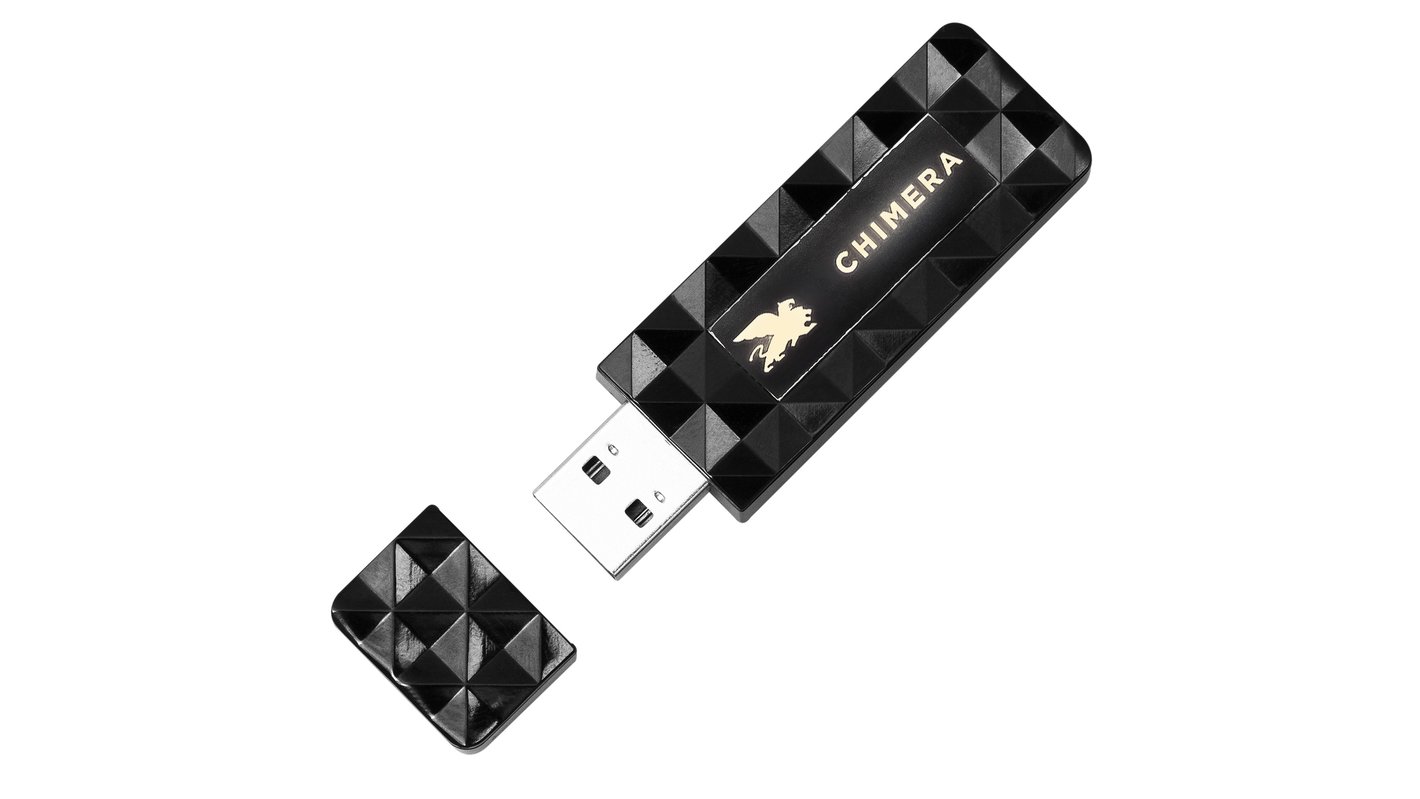
In some cases, all of the blood cells in a person who received a bone marrow transplant will match the DNA of their donor. But in other cases, the recipient may have a mix of both their own blood cells and donor ones, according to a 2004 review paper in the journal Bone Marrow Transplantation. A blood transfusion will also temporarily give a person cells from someone else, but in a bone marrow transplant, the new blood cells are permanent, according to the Tech Museum of Innovation in San Jose, California.
More commonly, people may exhibit so-called microchimerism—when a small fraction of their cells are from someone else. This can happen when a woman becomes pregnant, and a small number of cells from the fetus migrate into her blood and travel to different organs.
A 2015 study suggested that this happens in almost all pregnant women, at least temporarily. The researchers tested tissue samples from the kidneys, livers, spleens, lungs, hearts, and brains of 26 women who tragically died while pregnant or within one month of giving birth. The study found that the women had fetal cells in all of these tissues. The researchers knew that the cells were from the fetus, and not from the mother, because the cells contained a Y chromosome (found only in males) and the women had all been carrying sons.
In some cases, fetal cells may stay in a woman's body for years. In a 2012 study, researchers analyzed the brains of 59 women ages 32 to 101, after they had died. They found 63 percent of these women had traces of male DNA from fetal cells in their brains. The oldest woman to have fetal cells in her brain was 94 years old, suggesting that these cells can sometimes stay in the body for a lifetime.
Copyright 2016 LiveScience, a Purch company. All rights reserved. This material may not be published, broadcast, rewritten or redistributed.
| Tip: Consider trying ChimeraX, the successor to Chimera. |
Current Production Releases
- See therelease notesfor a list of new features and other information.
- For more recent changes,use thesnapshotanddailybuilds; they are less tested but usually reliable.
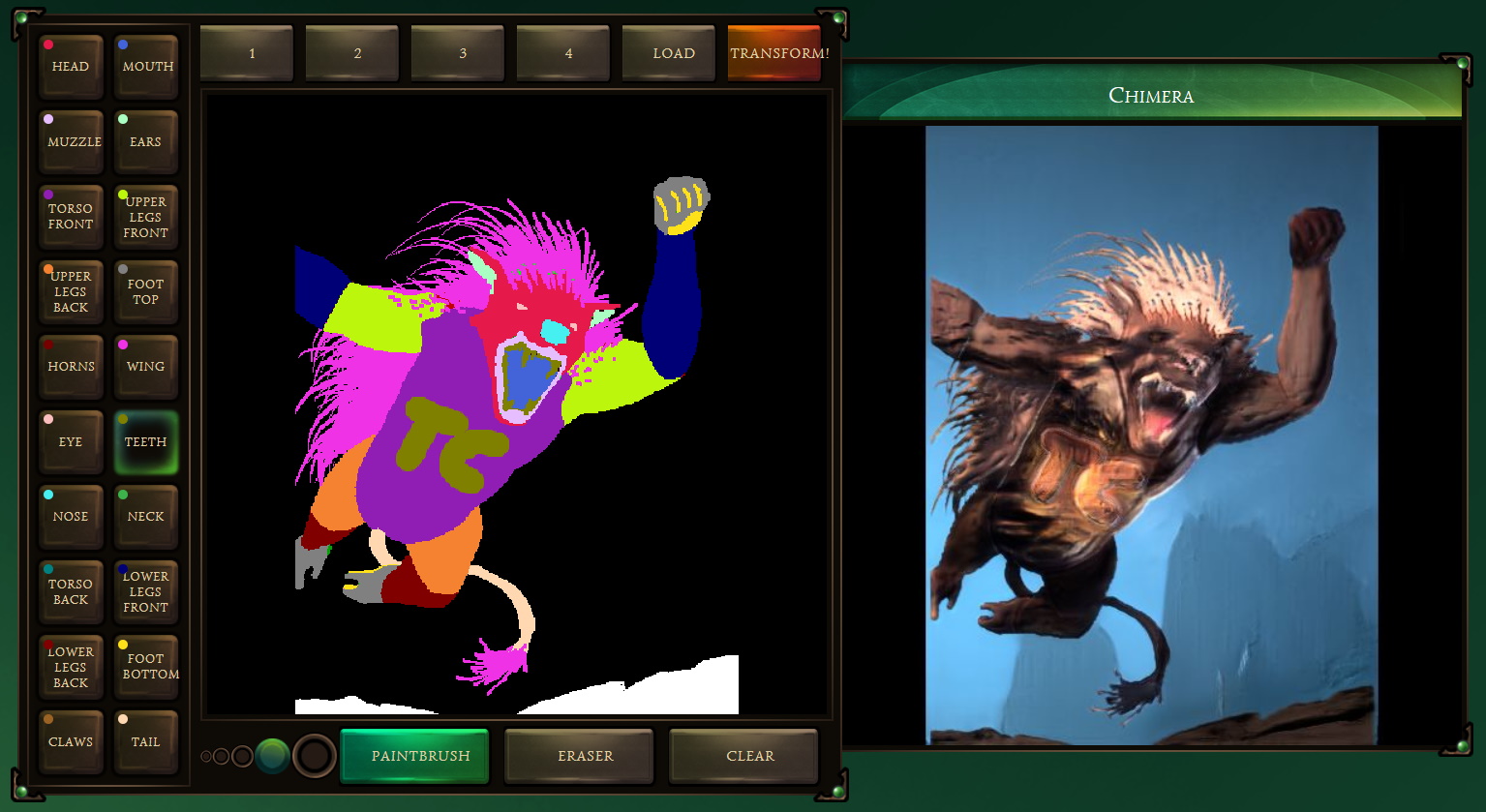
64-bit Releases:
Platform Installer, Size, and Checksum Date Notes Microsoft Windows 64-bit chimera-1.15-win64.exe
Size: 152310162 bytes
MD5: 6a68ab33f35a298059b9ef89f6372cfcDec 18, 2020 Instructions
Documentation
Runs on Windows 7 or later.Mac OS X 64-bit chimera-1.15-mac64.dmg
Size: 191085873 bytes
MD5: 2debb9ae125af17bd8905bfb1ae6063cDec 18, 2020 Instructions
Documentation
Runs on Mac OS X 10.12 or later.Linux 64-bit chimera-1.15-linux_x86_64.bin
Size: 154069682 bytes
MD5: 5c8f48ed5d474ed79df944b58c78eb39Dec 18, 2020 Instructions
Documentation
Compiled on CentOS 5.11.32-bit releases are no longer supported.
Daily Builds
- New builds are made when the code changes.
They are untested but are usually reliableand include new bug fixes not in the production release.
64-bit Builds:
Platform Installer, Size, and Checksum Date Notes Microsoft Windows 64-bit chimera-alpha-win64.exe
Size: 152344364 bytes
MD5: 1b102eb613682d5edf368d7995bb30c5Apr 21, 2021 (See production version for installation instructions)
Runs on Windows 7 or later.
Release notesMac OS X 64-bit chimera-alpha-mac64.dmg
Size: 192119365 bytes
MD5: 3c2c10acc2c741ee4000e03e2decff50Apr 21, 2021 (See production version for installation instructions)
Runs on Mac OS X 10.12 or later.
Release notesLinux 64-bit chimera-alpha-linux_x86_64.bin
Size: 154087569 bytes
MD5: e923d5530d859a0a8d8311cb898ce956Apr 21, 2021 (See production version for installation instructions)
Compiled on CentOS 5.11.
Release notesHeadless Linux 64-bit chimera-alpha-linux_x86_64_osmesa.bin
Size: 148012648 bytes
MD5: 88e34117d9add64c353313dbadb0613fApr 21, 2021 (See production version for installation instructions)
For (web) servers. Compiled on CentOS 5.11.
Release notes32-bit builds are no longer supported.
Snapshot Releases
- These are development snapshots, not tested as much as the production releases.
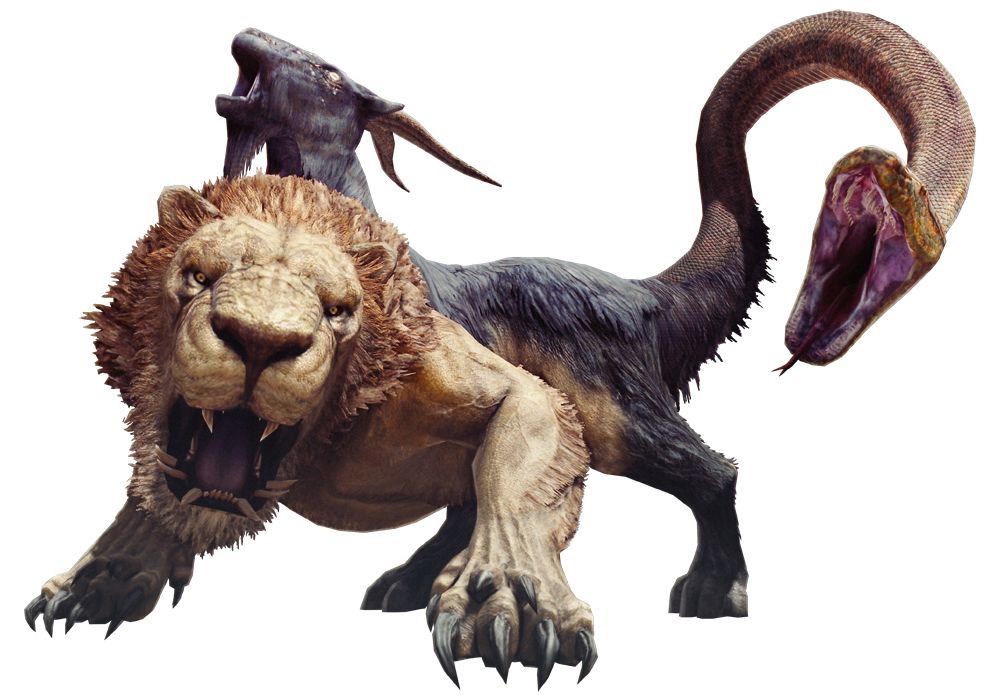
- Currently there are no snapshot releases.
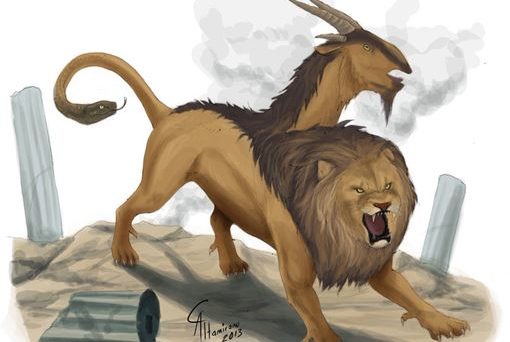
Unsupported Releases
Chimera Golf
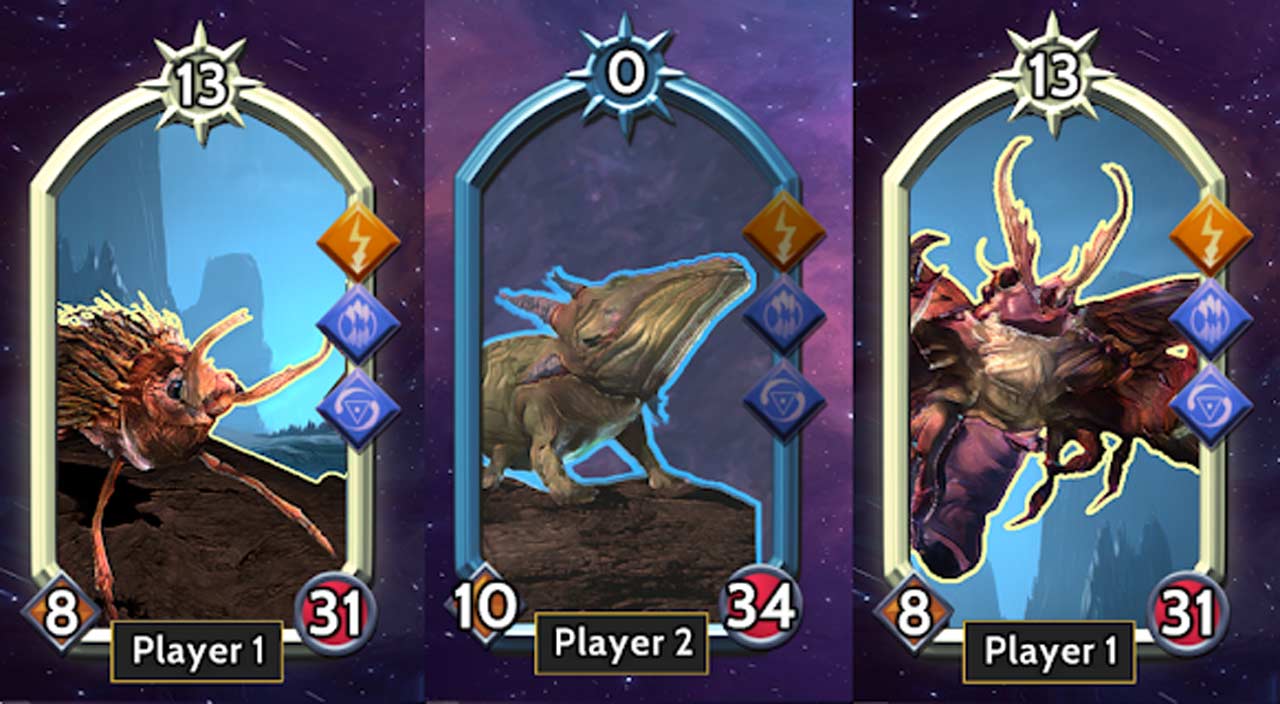
Chimera Golf Course Henderson Nv
- These are releases for platforms that we might support in the futureor used to support.
Chimera Ant
64-bit Releases:
Platform Installer, Size, and Checksum Date Notes HP Tru64 Unix chimera-1.3-tru64.exe
Size: 95937093 bytes
MD5: 7a84b2a39371a077c51bc348db057f28Dec 09, 2008 Instructions
Documentation
Runs on Tru64 5.1B.Headless Linux 64-bit chimera-1.15-linux_x86_64_osmesa.bin
Size: 147996792 bytes
MD5: 9e0d9cd66645c49c82aa68a508338621Dec 18, 2020 Instructions
Documentation
For (web) servers. Compiled on CentOS 5.11.32-bit Releases (for small memory computers):
Platform Installer, Size, and Checksum Date Notes Mac OS X chimera-1.11.2-mac.dmg
Size: 103774888 bytes
MD5: fa2ccd9c17c456d71088e81129c862d6Dec 02, 2016 Instructions
Documentation
Runs on Mac OS X 10.8 or later.Mac OS X (X Windows) chimera-1.11.2-mac_x11.dmg
Size: 91230485 bytes
MD5: a42b0463f5d51ff845cc459cd3de66c3Dec 02, 2016 Instructions
Documentation
Runs on Mac OS X 10.8 or later.Linux chimera-1.11.2-linux.bin
Size: 119742278 bytes
MD5: 47dd12fbcbcfe01ea678599dd7001a6bDec 02, 2016 Instructions
Documentation
Compiled on Debian 4 (etch).SGI IRIX chimera-1.3-irix.exe
Size: 91949632 bytes
MD5: 503399e4bcddd58d736e686925feefebDec 09, 2008 Instructions
Documentation
Runs on IRIX 6.5.10+ with current C++ runtime patches.Headless Linux chimera-1.11.2-linux_osmesa.bin
Size: 113253259 bytes
MD5: 4f8b829bf5838566ba7a3afefdccb02dDec 02, 2016 Instructions
Documentation
For (web) servers. Compiled on Debian 4 (etch).
